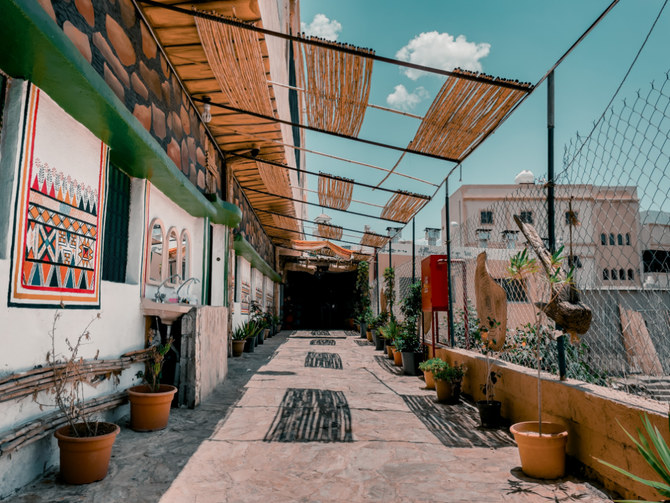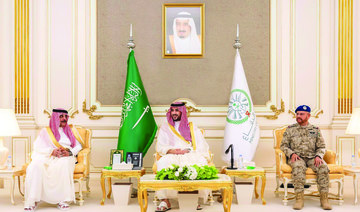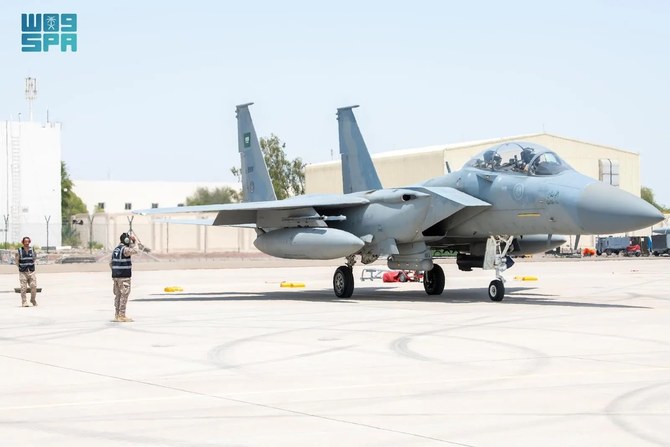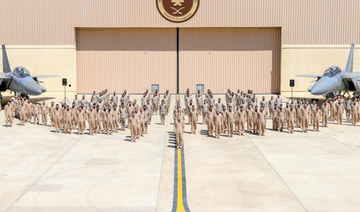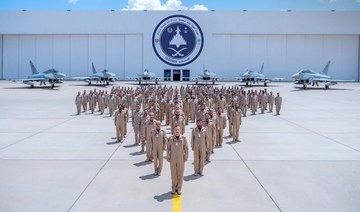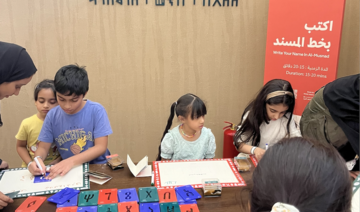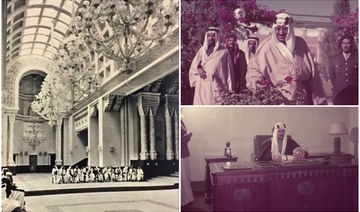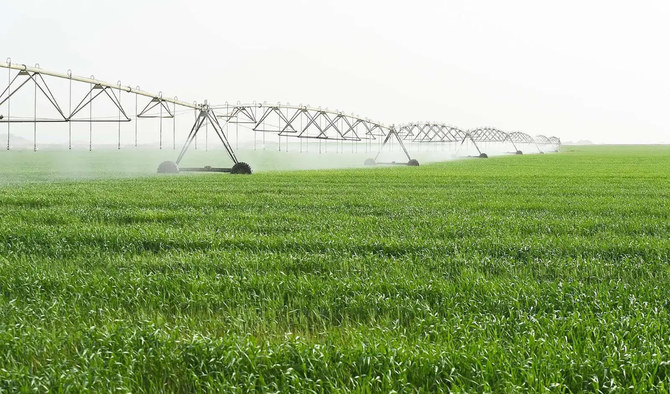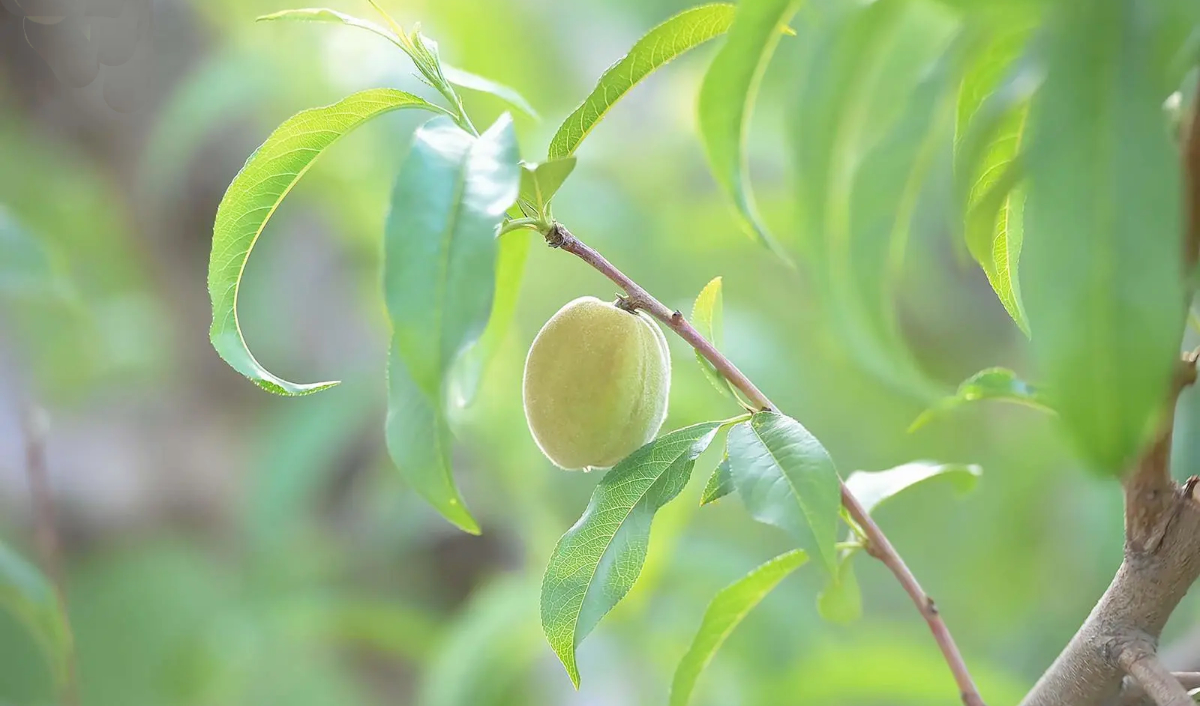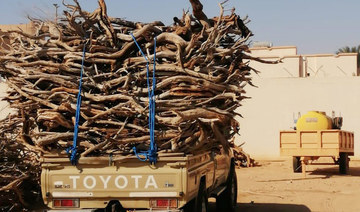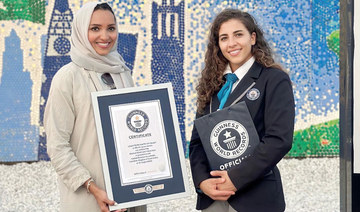ABHA: A young Saudi “jack of all trades” has used his creative talent and love of cooking to transform a former police station in Abha into a traditional restaurant.
Now Ibrahim bin Mansour Bashashah Al-Asiri’s Al-Hosn Al-Turathi — or Abha castle heritage restaurant — has become a landmark attraction, serving up traditional southern flavors to tourists visiting the historic southwest Saudi city.
Diners from around the Kingdom and Gulf states regularly visit the eatery for a taste of southern hospitality.
Al-Asiri, a plastic artist, and gift and flower designer, told Arab News that the restaurant was previously a coffeeshop owned by his brother.
“The building was originally the Asir police station. I did not favor strong additions and alterations that would erase the designs that characterize the building,” he said.
“My main objective was for the visitor to be able to sense the history of a place that is 40 or 50 years old.”
Being a jack of all trades, Al-Asiri decided to invest his talents and help preserve the city’s heritage by turning the coffeeshop into a restaurant.
He used his talent with lighting and art to transform the site into a heritage icon that takes diners back in time.
Initially, the restaurant served only breakfast, but the menu quickly expanded until meals became available throughout the day.
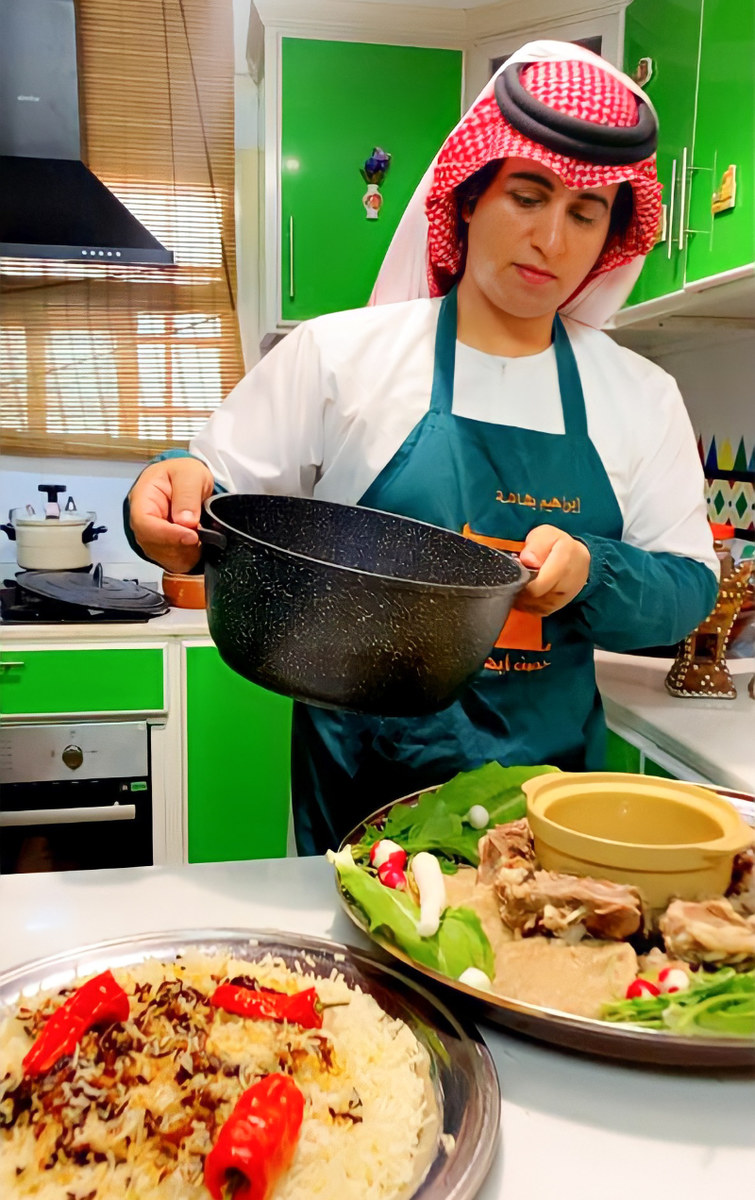
Ibrahim bin Mansour Bashashah Al-Asiri, owner of Al-Hosn Al-Turathi. (Supplied)
One form of art found in the restaurant is Al-Qatt Al-Asiri, a traditionally female interior wall decoration and ancient art form considered a key element in Asir’s history.
Al-Hosn Al-Turathi restaurant relies on the work of two people — Al-Asiri, who cooks and oversees artistic tasks, and his brother, who handles management.
“There aren’t many restaurants that offer popular southern meals, especially in Abha, while there are many popular restaurants in Khamis Mushayt,” he said.
Menu favorites offered at Al-Hosn Al-Turathi include al-arika, a traditional dessert in the southern region made with brown flour mixed with warm water, oil and ghee to form a dough, and flavored with a drizzle of honey and cardamom.
The restaurant is the first to serve “miva” or southern “tannour” bread, Al-Asiri said, adding that he is the first Saudi in the Kingdom to cook while wearing a traditional Saudi outfit.
Al-Asiri also launched the Asiri bouquet, a collection of local plants with aromatic scents, gifting them to a number of princes and other high-profile personalities.
Al-Hosn Al-Turathi heritage restaurant supports local productive families. A coffee and hot beverages corner is managed by one of the sisters, Umm Joud, who holds a master’s in business management, and supervises the preparation of hot drinks using traditional ingredients.
Al-Asiri urged Saudi youth to work hard, saying Saudi Arabia offers many opportunities to realize the objectives of the Kingdom’s Vision 2030. “We need to be patient and active, and try to reach the top with the capabilities that we have. So we need to be persistent and work hard,” he said.









